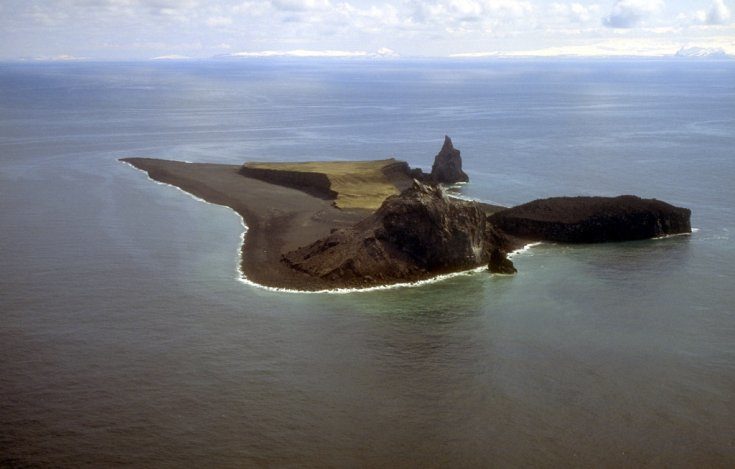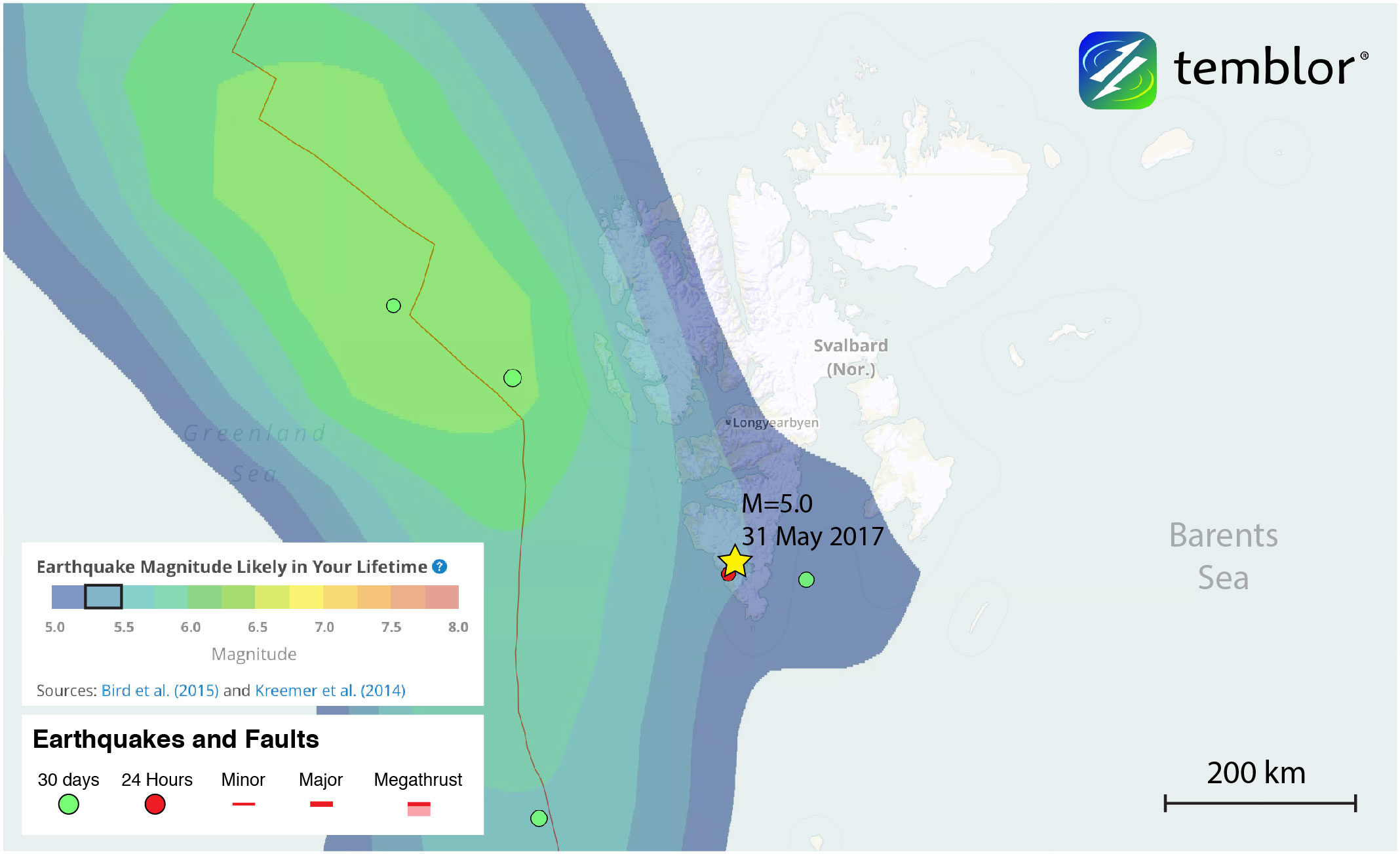
© RussiaGarciaB / Wikimedia CommonsBogoslof Island harbours a volcano in the Aleatian Chain of volcanic islands strung between Alaska in the US and eastern Russia
The aviation colour code was raised to red following the 55-minute eruption, but has been lowered to orange nowThe Bogoslof volcano in the Aleutian Islands in Alaska erupted on 28 May, sending ash clouds as far as 35,000ft up in the sky.
The eruption resulted in the Aviation Color Code to be raised to red, the highest possible level by the Alaska Volcano Observatory.The volcano has been active for almost six months now, and the eruption took place at 2.16 pm local time and lasted for a total of 55 minutes. Although the aviation alert code has been lowered to orange, the second highest level, now, a red warning for a volcanic eruption means flights could be grounded for several days until the ash is totally clears off the skies.
Ash from volcanoes can harm and even completely halt jet engines when it rises above 20,000ft. So far, however, there are no reports of any flight delays from the eruption.
Ash from the Sangeang Api volcano in Indonesia grounded all flights from Australia and south east Asia in 2014. In 2010, volcanic ash from the Eyjafjallajökull in Iceland resulted in the largest air-traffic shutdown since World War II.
Bogoslof volcano is a submarine stratovolcano, and the
size of the island has more than tripled in size as a result of frequent eruptions in the last six months.


Comment: See also this more recent report: Another earthquake registered around Bardarbunga volcano in Iceland